During my stay in Budapest, I had the opportunity to visit the little town of Szentendre.
Sze…. what? you may ask. Where is that?
Szentendre (means Saint Andrew) is located 13.6 miles (about 22 km) from Budapest, on the left bank of the Danube. The town can be easily reached by bus, train or bus.
You may have never heard about it but it is a popular day trip from Hungary’s capital. Yes, it is located a stone’s throw from the big city. But, there is more. It is one of the few towns (or areas) in the country were a Mediterranean atmosphere can be felt.
On top of that, the aesthetics of the place are a big draw. Think cobblestone streets, pastel colored buildings, cute squares, narrow alleys and churches with long spires. Szentendre is that and much more!
There is not a lot of information about what happened in the area during medieval times. It is known the Magyars (founders of the Kingdom of Hungary) found the place inhabited and decided to rebuild the Roman remains found around.
The population dwindled (or disappeared) during the Ottoman occupation. Once the Ottoman’s were expelled from the country, Serbs were invited to immigrate to Habsburg lands (since they fought on the Christian side during the war, Hungary ended being part of the empire after the Austro-Turkish War). It is estimated 37,000 families immigrated and many settled in Szentendre (where they were the majority).
There was also considerable Dalmatian immigration. The Dalmatian families settled on Donkey Mountain where Dalmát Street preserves their memory today. Even in the 1980s, this street was inhabited exclusively by descendants of the original Dalmatians. These descendants now live throughout the city.
The slow rhythm of life, the river and the architecture started to attracted artists since the beginning of the 20th century. A well known colony of artists came into existence in 1929. Today, more than two hundred fine and applied artists, authors, poets, musicians and actors live in the city.
If you stop by the city, there is a lot to keep you busy. The best way to get to know Szentendre is by walking its streets and alleys. The town is armed with many good services, therefore, start by grabbing a map in the visitor’s center.
Then, I would suggest walking as many streets as possible. The architecture is very charming in here. Plus, the variety of colors gives the buildings a vibrant and youthful energy.
At one point, you are going to hit the town’s main square. There is a considerable concentration of colorful buildings in here. Some structures are adorned with banners, paper ornaments and umbrellas.
Remember the Serbs? They left enduring traces on the townscape and its culture. The buildings in the city center have tried to preserve this Serbian influence in their architecture. Out of seven churches (other sources cite nine churches) in town, only one was historically Roman Catholic, and all the others were built by Orthodox Serbs.
These churches built in the Baroque style showcase different colors and architectural details. Try to see how many you can find.
My favorite thing about Szentendre is the burst of creativity that can be seen in every corner. Because of the many artists residing in town, there are a well regarded number of galleries, studios and show rooms.
I visited during the weekend and they had an open market lining one of the principal streets. There were paintings, mosaics and hand-made figures.
I saw garlands, wreaths and soap made with natural ingredients. Even unique toys and trinkets designed for kids abounded. I spent some time looking at the many details found in the booths.
For those on the gastronomic vibe, the town has stores selling Hungarian food and beverage specialties such as Tokaji wine, pálinka, paprika powder, and goose liver. Other stores offer salami, ham and cheese tastings.
If you are into sweets, the marzipan museum is for you. It has one room dedicated entirely to Hungarian personalities and artifacts. There is also a large collection of contemporary artists, cartoons and other well known figures.
A big café is attached to the museum. In there, you will find a big collection of cakes, tarts, cookies, drinks and, of course, marzipan.
There are other stores in town selling their own marzipan specialties. You can skip the museum and its café if you want to avoid the crowds.
The ice cream parlors in town have a good reputation too. I passed by some and their lines were long and steady. That ice cream has to be good!
And, a visit to Szentendre must include a walk around the waterfront. This is the place to observe one of the main arteries of the country, the Danube. It would be nice to return to Budapest by boat (like we did). Szentendre’s many spirals will witness your departure.
Did you know about Szentendre?
Pin it for later?

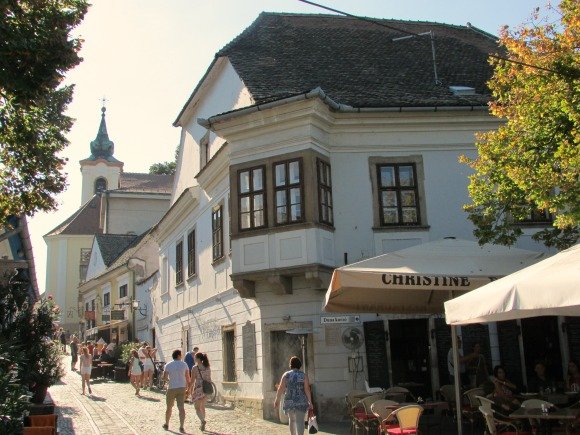
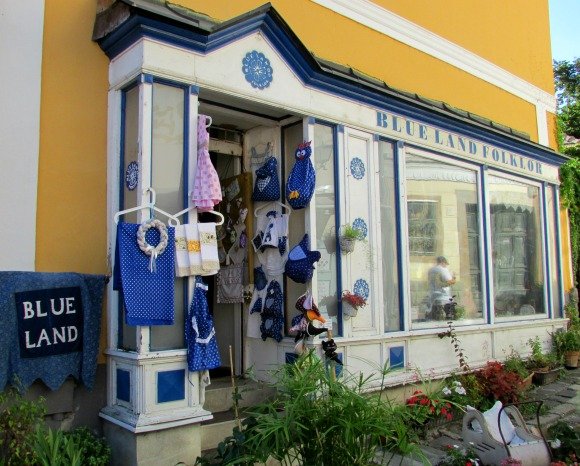
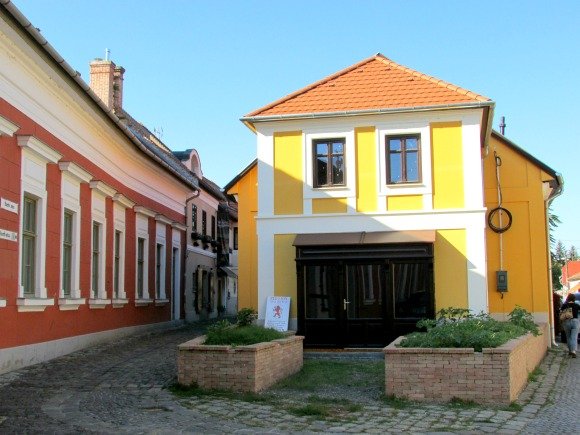

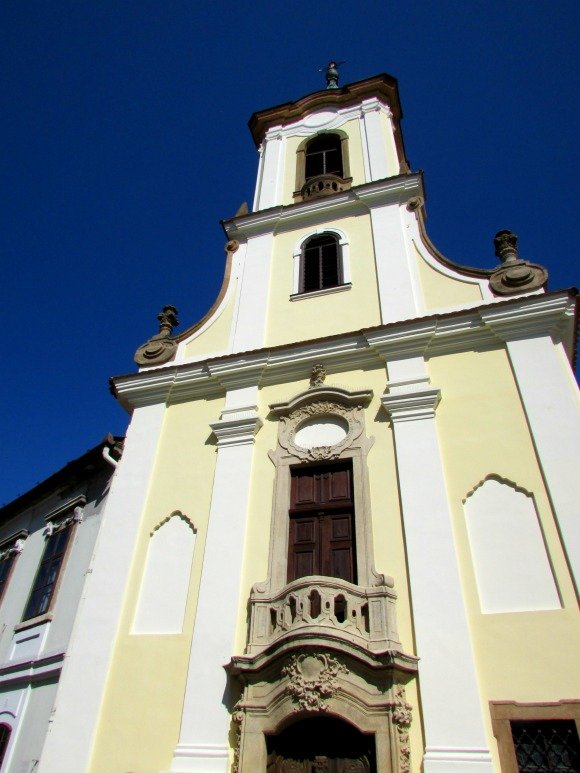
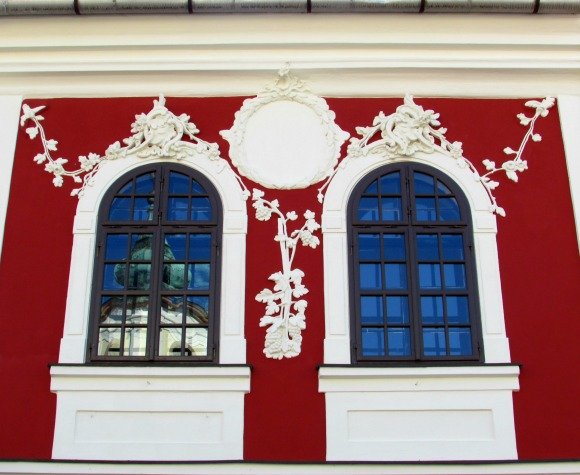
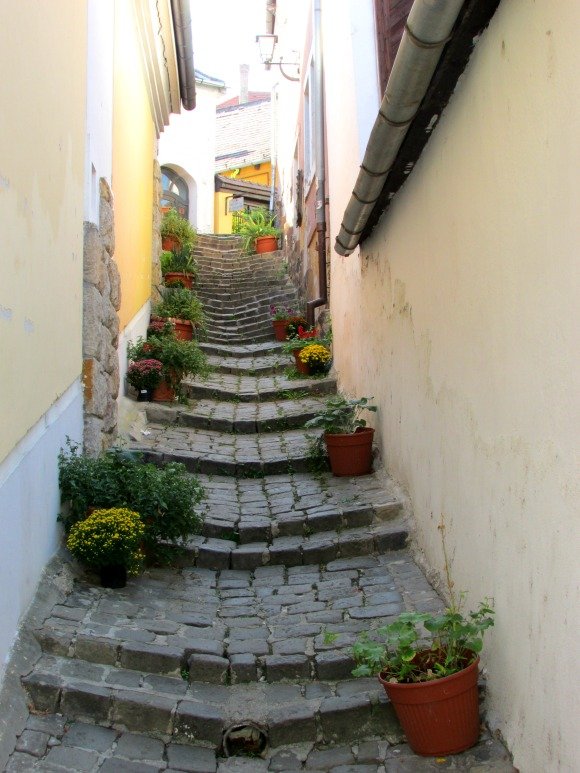

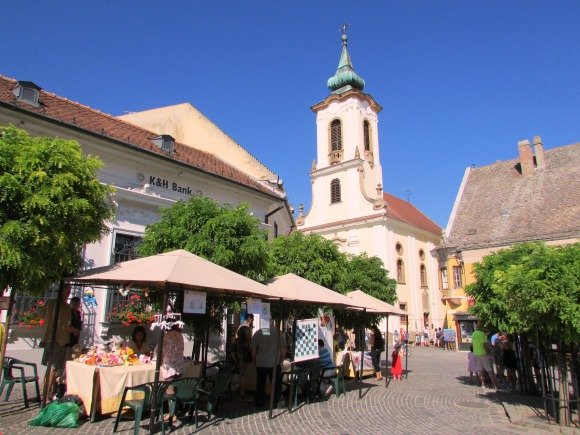


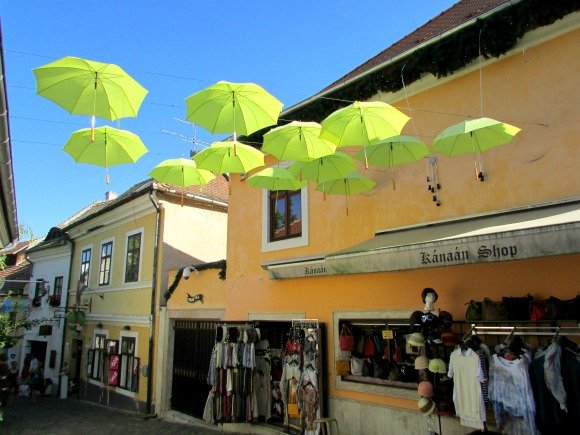


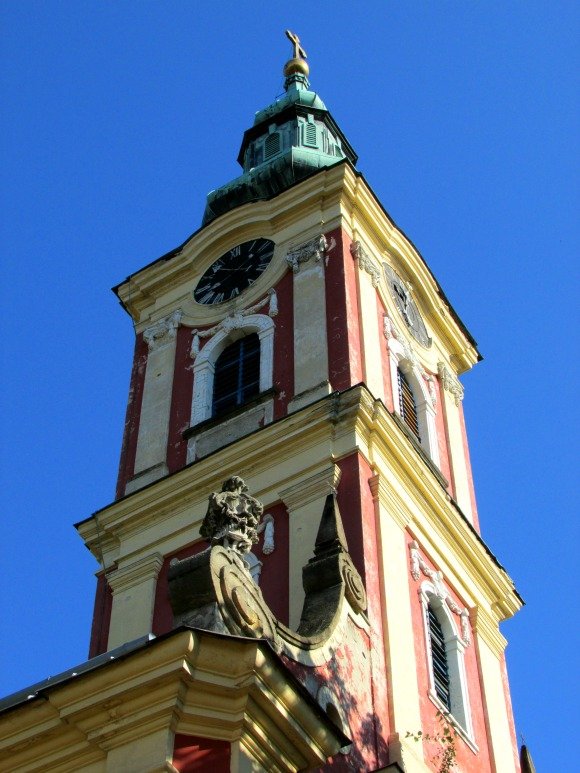




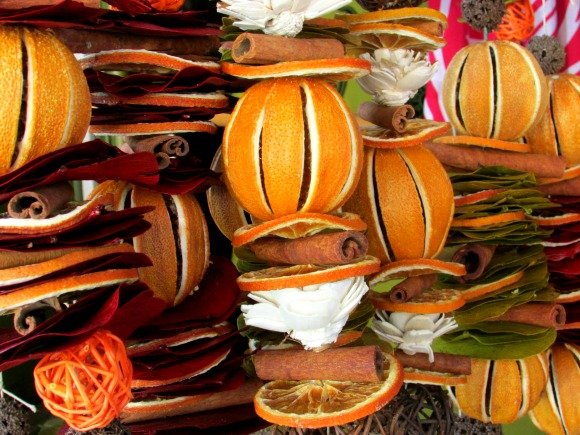


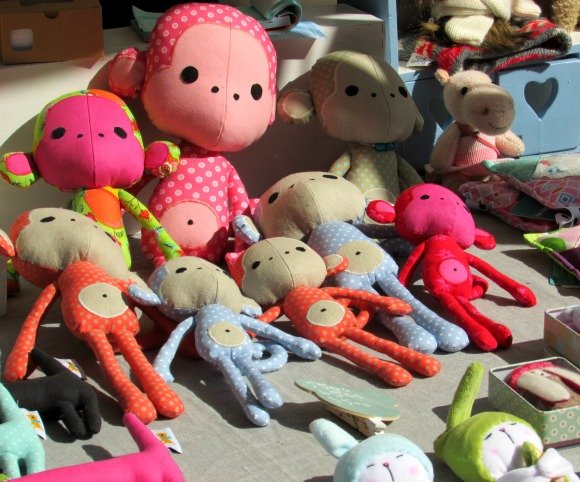
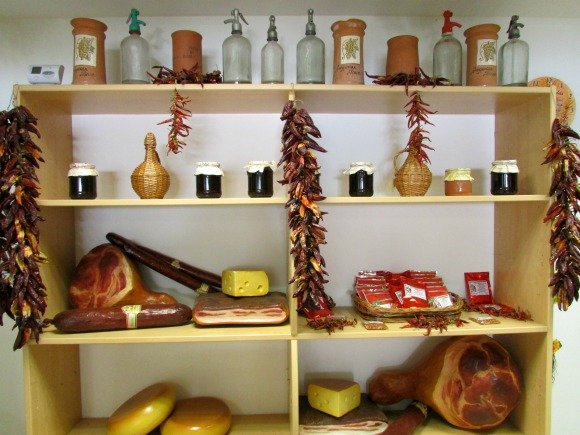


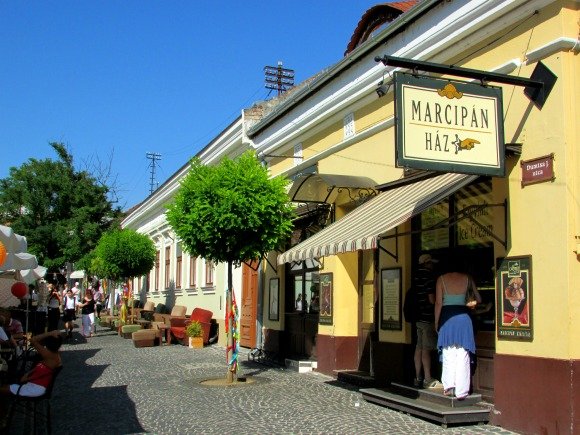
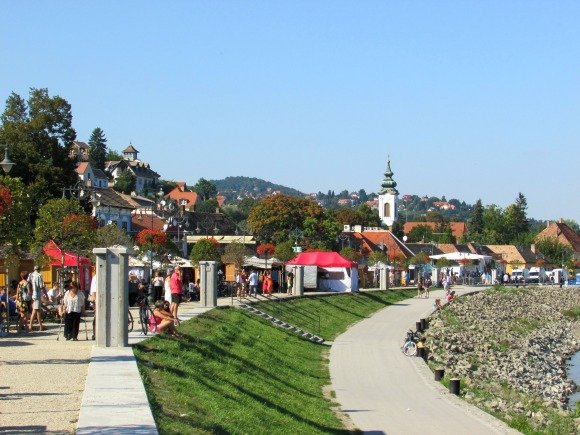


Comments
Post a Comment